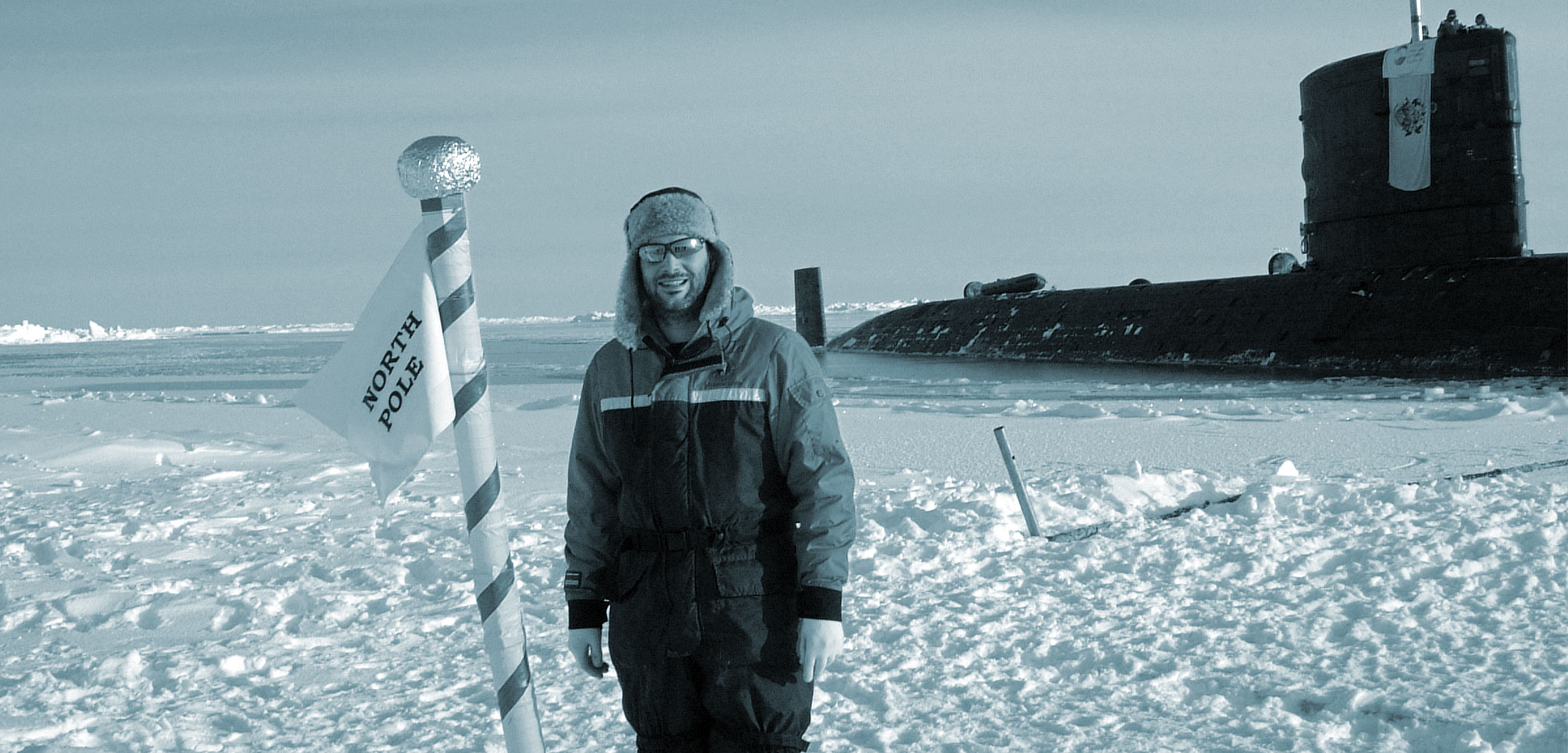Coastal Job: Sea Ice Analyst and Forecaster
Arctic sea ice changes rapidly, and Nick Hughes is a master at predicting its next move. His daily ice forecasts help keep seafarers out of trouble.
Article body copy
Some people work in cubicles, others work in kitchens, but the most intriguing workplace of all may be the coast. Meet the people who head to the ocean instead of the office in our Coastal Jobs series.
Nick Hughes is the head of the Norwegian Ice Service, a branch of the Norwegian Meteorological Institute based in Tromsø, Norway. Hughes and his team analyze high-resolution satellite images and other data showing sea ice thickness and location, atmospheric patterns, and ocean conditions, to produce detailed ice charts of the European Arctic. Their forecasts and tweets on the state of the sea ice sent out daily, Monday through Friday, are relied on by Arctic mariners, explorers, and scientists.
We cover the sector between eastern Greenland and the Kara Sea in Russia. The ice moves around a lot and can change from day to day. It’s also the part of the Arctic with the most ship traffic. Even in the middle of winter we have fishing boats going out, oil and gas activity, maybe some supply ships going up to Svalbard, Norway. In the summer they’re joined by cruise ships. So we have a wide range of different users relying on our charts. There are also people up in Svalbard driving their Skidoos around. They’ll want to take a shortcut to cross a fjord, so need to know if the ice is safe to cross.
We occasionally get calls on satellite phones from explorers who need ice information. We’ve had people circumnavigating the Arctic in sailboats; people who want to walk to the North Pole. I’ve been out on sea ice and wouldn’t like to walk several hundred miles over that. … But we try and keep them safe.
We had the police in Oslo, Norway ask for help in a murder investigation. Someone had thrown a body off a bridge onto some sea ice. And since the time the body had been left there, the ice had drifted away to a different area. So we had to advise where the ice could have come from.
I’ve done a number of fieldwork expeditions in the Arctic and Antarctic—both at the Norwegian Ice Service and in my previous job analyzing sea ice data for the Scott Polar Research Institute in Cambridge, United Kingdom. I’ve served as a scientist on research ships and went up to the North Pole in a submarine. Rather than looking down on the ice with satellite images, you’re underneath and can use the sonar to take images of the underside. Because you don’t have the snow cover, you get a better picture of what’s going on. Also, most of the ice thickness is underwater, so measurement error is less. We went round the north coast of Greenland in the submarine and to 90 degrees north and circled the world in a few minutes.
Another time, in the Beaufort Sea, there was an explosion in the submarine. Two people were killed. We were cruising around about 200 meters underwater with three or four meters of fairly solid ice up above. It was terrifying! Fortunately, we were able to contain the damage and surface through a gap in the ice.
With climate change you see sea ice getting thinner. That means it’s more mobile, so it can start appearing in areas where it hasn’t occurred before, or it moves faster. We foresee there being a lot more people operating in the Arctic, increasing the risk of some kind of incident. They’ll need more and better information to keep them safe.
I’ve seen huge changes in the ice conditions in the 20 years I’ve been doing Arctic sea ice research. There’s much less multiyear ice out there. In terms of job security, I’m not worried so much because by the time it’s gone I’ll have retired.
But it’s like seeing an old friend disappearing.

